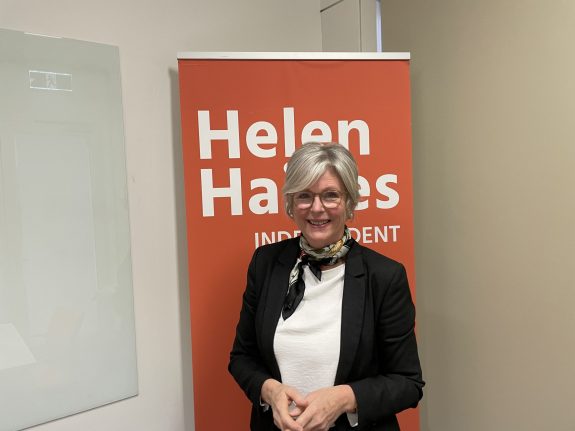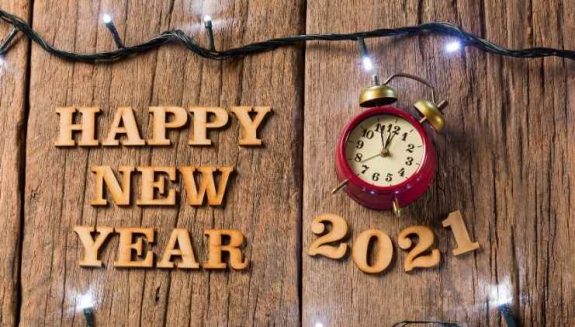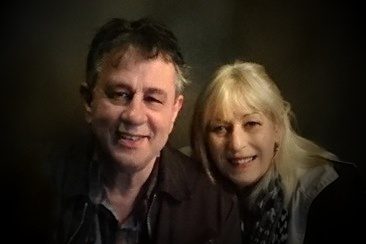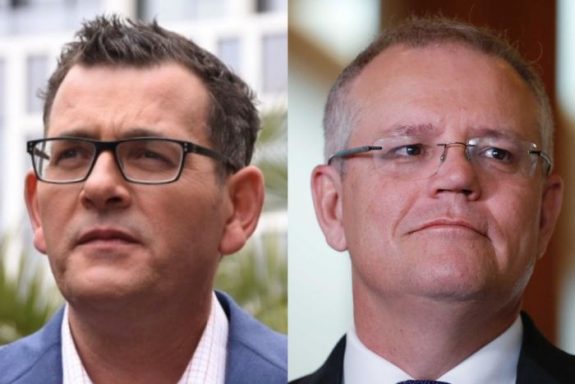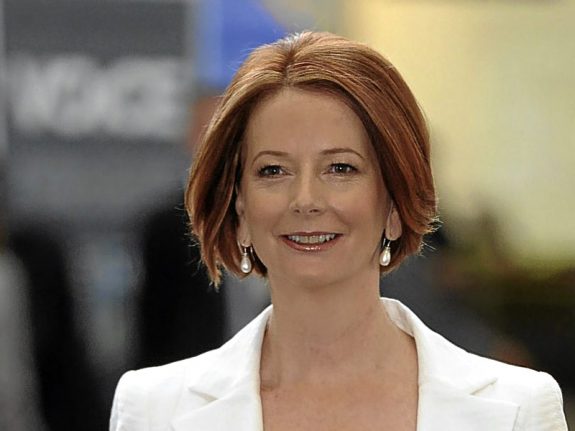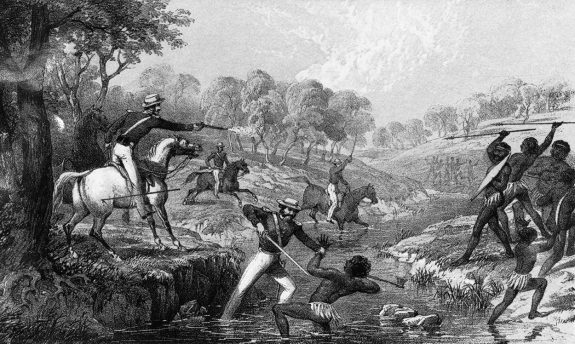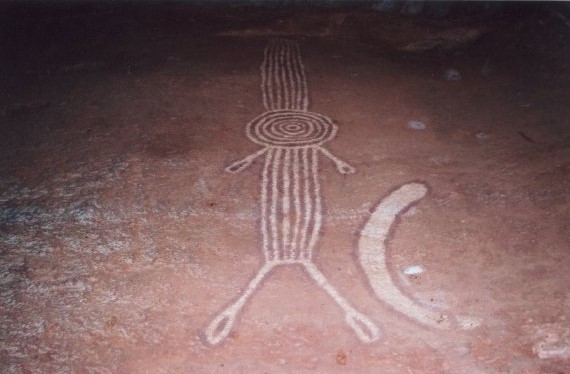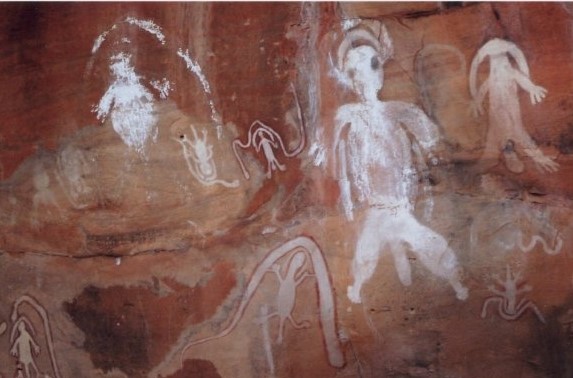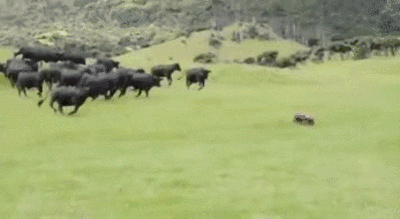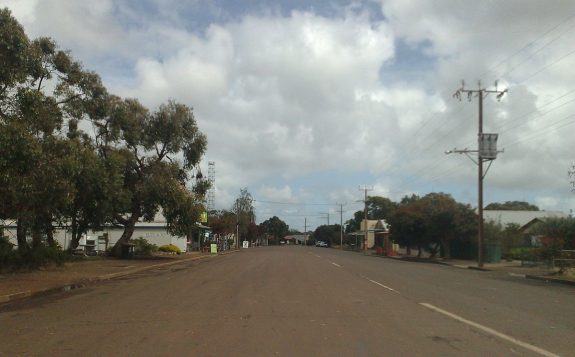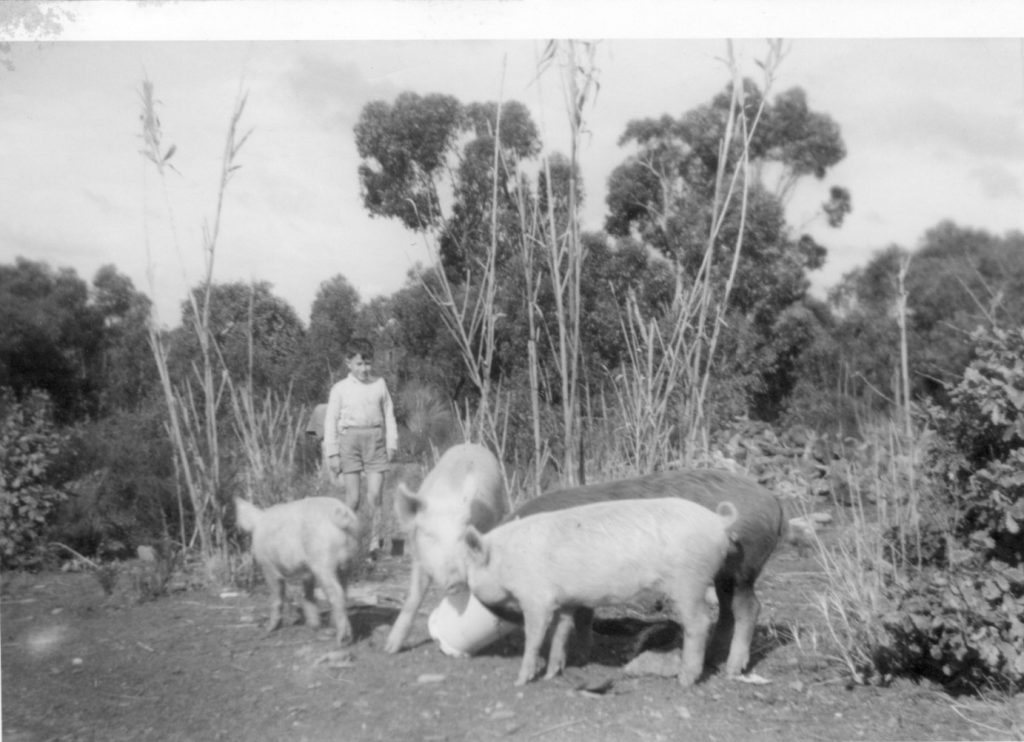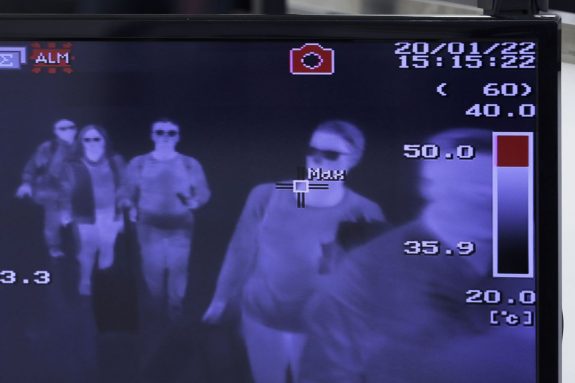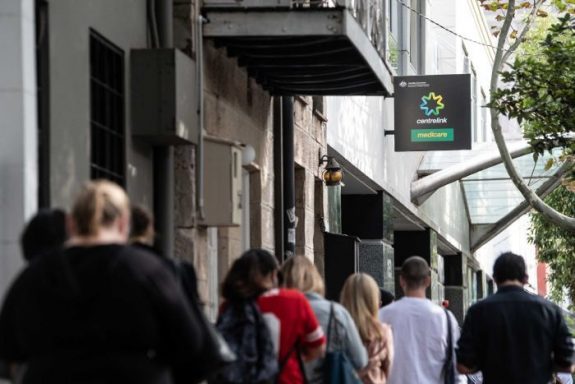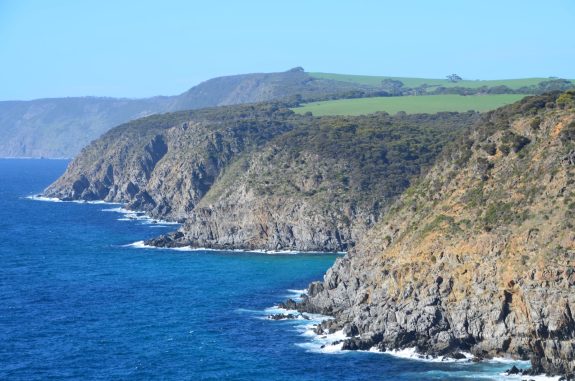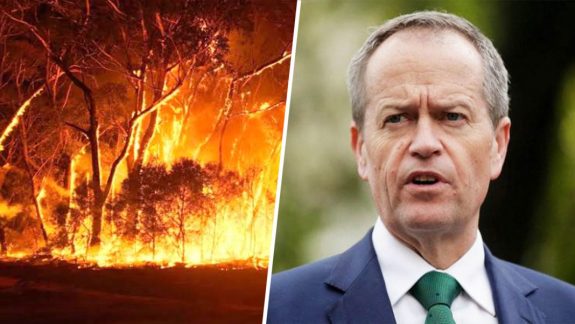The looks of excitement on our faces was sure evidence that Mr Borham’s idea was met with class approval.
It was 1966. Trevor Borham was our class teacher at the Parndana Area School on Kangaroo Island.
Mr Borham had instructed us to move all our desks to the back and sides walls – in a “U” formation – and in the centre of the room we were going to make an Aboriginal campsite, including our very own wurley and hearth.
My proud contribution was a tool from an old Aboriginal campsite that I’d found on the farm. A tool that I was to later learn was a hammer stone. A tool, that thirty years later, was to send me on a journey.
But this wasn’t just any hammer stone. This was the finest I would ever see. It was so symmetrical, and a better specimen than any I would ever see again; at university, in museums, or from photos in university text books.
At the end of the school year we packed up our campsite, my hammer stone was returned to me, and I put it back near where I first found it, never to see it again.
For decades I regretted not keeping that stone. (It certainly would have impressed my professor in Aboriginal Archaeology). But the more I learned of the cultures and traditions of the First Australians, I slowly accepted that I’d made the right, although hasty decision to leave the stone where I’d found it. It belonged on the island. It belonged to the ancestral spirits that dwell there, and I had no right to take it. I’m happy with that.
But what was that journey?
I yearned to know more about the people who made and used that hammer stone. The answer surprised me.
I’d like to share that journey with you.
Kangaroo Island, or Karta, ‘Island of the dead’ – the name given to the island by the mainland Ramindjeri people – is a large land mass 15 kilometres off the South Australian coast. The island is approximately 150 kilometres long and 50 kilometres at its widest point, and has 450 kilometres of coastline enclosing an area of 4350 square kilometres. Lying across the mouth of St Vincent Gulf, it is separated from mainland South Australia by Backstairs Passage and Investigator Strait.
The island was declared uninhabited upon European ‘discovery’ in 1802. Matthew Flinders chronicled that the native animals – being unmindful of human beings and human predation – ‘concurred with the absence of all traces of men [sic] to show that it [the island] was not inhabited’ (1) (Cited in Tindale and Maegraith, 1931:275). He also noted that the island’s vegetation was overgrown as if untended by ‘firestick farming’, and though having declared the island uninhabited, had observed ‘puzzling signs of fire within the previous ten to twenty years’ and, foremost, speculated human agency. It was not an observation that was to occasion him any great distraction, merely recording that persons unknown – perhaps shipwreck survivors or whalers – may have been the cause.
European settlement of the island began shortly after Flinders’ visit: escaped convicts seeking refuge, or wandering sealers and whalers bringing as company a number of Indigenous women abducted from the nearby mainland or from Tasmania. By 1826 the permanent population of the island numbered upwards of two hundred, still predominantly sealers, whalers, and ‘native’ women who continued to be stolen from their tribal homes. Recognised for its potential for primary industry, in 1836 the island became an official British settlement and large tracts of land were systematically cleared for agriculture.
Previous habitation was never assumed until the discovery of stone tools in 1903 denoted a prehistoric population.
It was not until 1930 when Norman Tindale (2) and his associate Harold Cooper discovered archaeological campsites around the stranded shorelines of Murray’s Lagoon – and dismissed the theory of Tasmanian or mainland origin – that serious research began.
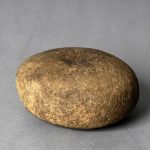
Hammer stone
Further campsites were documented, and the incidence of quartzite implements – nearly all of which were heavy pebble choppers or hammer stones – suggested the existence of a considerable previous population. Tindale identified that these implements belonged to a ‘pure’ industry which he termed the ‘Kartan’. The lack of material remains with these discoveries implied considerable antiquity, possibly of Pleistocene age when the island was a peninsular of the mainland.
Of this find, a ‘mystified’ Tindale (1930-74:4) recorded that ‘the implements are not associated with the usual signs of recent occupation’ noting the absence of ashes, charcoal, ruddle, bone and shell fragments (Tindale and Maegraith, 1931:278), adding that:
The evidence of the distribution of the artefacts suggests that the five-metre shoreline, or thereabouts, was a relatively stable one during one of the last periods of such occupation, and … as it was then, was a favoured campsite. Few inferences can be made concerning the people who fashioned the artefacts found on these sites. It is evident that they used very crude cutting, scraping, and hammering implements, and were living on the island sufficiently long ago for traces of organic camp debris to have disappeared. The primitiveness of the stone implements and the absence of all traces of the dingo may suggest that the former islanders were … a Pre-Australoid people who have become extinct. (Tindale and Maegraith, 1931:284).
Of their origins Tindale postulated that the Kartan was of Pleistocene age and had drawn similarities – and cultural connections – between pebble choppers from Kangaroo Island and Upper Paleolithic tools from the Malay Peninsula known as ‘Sumatra-type’ implements.
To establish the antiquity of the occupation Ron Lampert surveyed the island in search of stratified occupation deposits. One site, Seton Cave, produced evidence of occupation dated to 16,110 BP. This site also provided strong evidence for a temporal overlap between humans and megafauna.
The existence of an ancient people on the island raised questions of their origins and their eventual fate. Neither of these questions can be confidently answered, though nonetheless they are widely speculated.
The disappearance of the prehistoric inhabitants from an island favoured with an admirable climate and an abundance of fish, animal, and bird life is far more difficult to understand than is the manner of their coming. In the absence of the appropriate data to answer this question there appear to be only two logical – yet purely hypothetical alternatives: ‘their departure or extinction in situ’ (Cooper, 1960:496).
Tindale and Maegraith suggested that the difficulties that early European settlers met with in obtaining water supplies during dry seasons might well have been experienced by the original inhabitants: a severe drought being quite capable, they argue, of reducing the food resources to a point that extinction was inescapable. Others offer evidence against this. Bauer’s description of a favourable palaeoenvironment (Bauer in Pilling and Waterman, 1970:198-199, 212-213) fits with Neil Draper’s observation that the locations of archaeological sites meet the ‘basic camp-site requirements of fresh water and proximity to a food supply’ (Draper in Robinson, 1992:9). There are also indications that the climate was more favourable for human populations for much of the recent past. For example, the presence of Tasmanian devils as reported by Draper is striking evidence of damper conditions favouring lush vegetation and permanent water. Further, by far the greatest number of artefacts have been found in association with higher shorelines of lagoons, suggesting that these bodies of water were larger at the time of occupation. Bauer adds that:
The wide distribution and numbers of implements found suggest that a moderately large population occupied the island for a considerable period of time. In terms of food and water resources, Kangaroo Island could be presumed to support a population of a few hundred almost indefinitely. Most of the mainland animals, such as kangaroos, wallaby, and opossum must have been present, and bird life, especially waterfowl, must also have been plentiful, for lagoons appear to have been larger and more numerous during at least some stages of the occupation. Sea foods, especially shellfish and fresh-water fish, must have furnished a nearly inexhaustible food resource. (Bauer in Pilling and Waterman, 1970:212).
In the absence of the appropriate data – including the complete lack of skeletal remains (3) – it is difficult to answer the question regarding their disappearance from the island. It is most likely that they succumbed in the land where they had lived, albeit the reasons for their extinction are not clear. Archaeologist Josephine Flood suggests that as a human habitat Kangaroo Island steadily deteriorated during the Holocene through demographic imbalances. Indeed, pollen analysis shows a change in vegetation towards drier shrubs and increasingly arid environment between 5,000 and 2,000 years ago.
Habitat isolation – a further argument considered – and the consequent reduction in landscape connectivity can lead to the decline and eventual extinction of local populations. Small, isolated populations are particularly vulnerable to random variation in the environment, population parameters, and genetic processes. Given a restricted population and a long period of time, genetic changes in the Kangaroo Island population itself could have been such that extinction was inevitable.
Kangaroo Island was again the island of the dead.
* * * * *
The recent tragedies on the island; the ecological devastation, and the loss of human life and property have cut deep into me. What are also lost are the hundreds of undiscovered ancient campsites of the Kartan people.
Perhaps one day – a hundred years from now, or even a thousand – a young boy might stumble upon a hammer stone. It may or may not be the one I found long ago. But when he does pick up that ancient tool, I hope it lures him on the same journey that I took.
(1) The time of the demise of the Kartan people was originally thought to be 5,000 years ago, which was later updated to around 500 years ago. On our farm – for a time – we had an old bloke by the name of Dougal McIntyre (Old Mac) work for us. Old Mac was well into his 80s when he died around 1967. He told me that he knew the last surviving Island Aboriginal, who lived at Flinders Chase and had died at the beginning of the 20th Century.
My Aboriginal Archaeology professor found it hard to believe my story, arguing that he was surely a Tasmanian Aborigine, and reminded me of Flinders’ observation that the kangaroos where he landed (Penneshaw) did not fear humans. A salient point. My argument – knowing the geography of the island – was that Penneshaw was close to 80 miles from Flinders Chase, which made Flinders’ point irrelevant. However, it was an argument I was never going to win.
Then … at the end of the year he called me into his office. I was right after all. Neil Draper had discovered a cave at Cape Borda that had archaeological evidence of human occupation that preceded the arrival of Tasmanian Aborigines to the island, and ending about a hundred years ago.
(2) I was given permission to read through Norman Tindale’s diaries in the Adelaide Museum. Tindale noted that as old stone tools had been unearthed after ploughing and that old campsites were on the ancient shorelines of lagoons, he realised he had discovered an ancient civilisation. To read that discovery, in his own words, in his own diary, sent a chill through me. It was as though I were there with him.
His diaries, as an aside, also mention a Tasmanian girl named Suke, who was stolen and taken to the island. After the death of Truganini in 1876 it became legend that the last ‘real’ or ‘full-blood’ Tasmanian Aborigine was now gone. This was not true, however, as Suke lived on the island until her death in 1888.
(3) The island was home to the Kartan people for over 16,000 years, with a population of over 200 people at any one time. Hundreds of Kartan campsites have been discovered, as have the remains of their prey, yet the remains of not one individual have ever been found. Not one.
References
Cooper, H. (1960). ‘The archaeology of Kangaroo Island, South Australia’ in the Records of the South Australian Museum. Volume 13, number 4, pages 481-503.
Cooper, H; and Condon, H. (1948). ‘On some fragments of emu egg-shell from an ancient camp-site on Kangaroo Island’ in The South Australian ornithologist. Volume 18, number 7, pages 66-68.
Cooper, H. (1966). ‘Archaeological stone implements from a lagoon bed, Kangaroo Island, South Australia’ in the Records of the South Australian Museum. Volume 15, number 2, pages 309-327.
Draper, N. (1988). ‘Stone tools and cultural landscapes: investigating the archaeology of Kangaroo Island’ in South Australian geographical journal. Volume 88, pages 15-36.
Flood, J. (1995). Archaeology of the Dreamtime. Angus and Robertson, Sydney.
Lambert, R. (1981). The great Kartan mystery. The Australian National University, Canberra.
Mulvaney, D; and White, P. (1987). Editors Australia to 1788. Fairfax, Sydney.
Nunn, J. (1981). Soldier settlers: war service land settlement, Kangaroo Island. Investigator Press, Hawthorndene.
Nunn, J. (1989). This southern land: a social history of Kangaroo Island 1800-1890. Investigator Press, Hawthorndene.
Pilling, A; and Waterman, R. (1970). Editors Diprotodon to detribalisation: studies of change among Australian Aborigines. Michigan State University Press, East Lansing, USA.
Robinson, A. (1992). Editor Biological survey of Kangaroo Island. NPWS, Adelaide.
Tindale, N; and Maegraith, B. (1931). ‘Traces of an extinct Aboriginal population on Kangaroo Island’ in the Records of the South Australian Museum. Volume 4, number 3, pages 275-289.
Like what we do at The AIMN?
You’ll like it even more knowing that your donation will help us to keep up the good fight.
Chuck in a few bucks and see just how far it goes!
Your contribution to help with the running costs of this site will be gratefully accepted.
You can donate through PayPal or credit card via the button below, or donate via bank transfer: BSB: 062500; A/c no: 10495969

